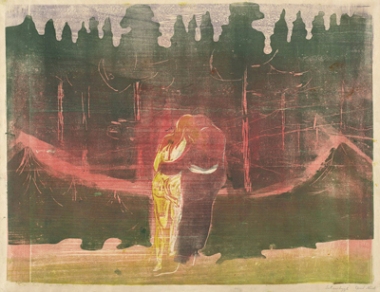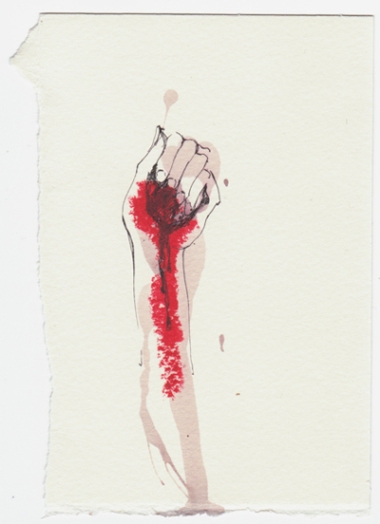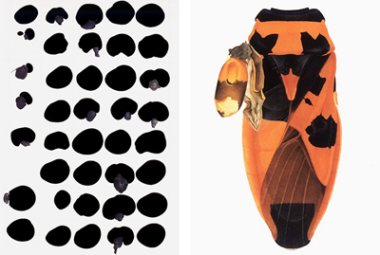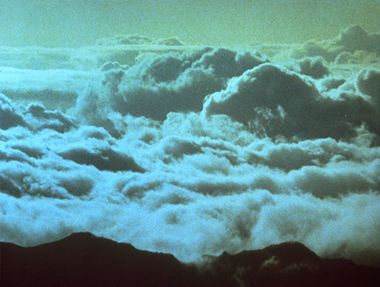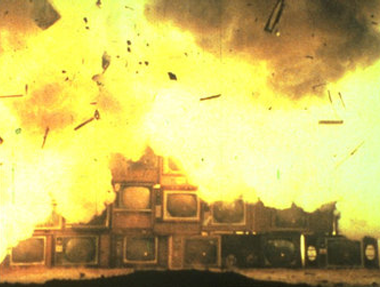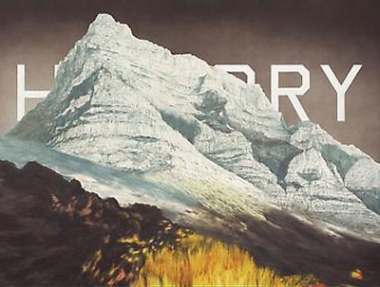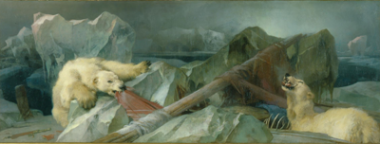There is simply no way in which the words here can ever adequately do justice to all that was David Fleming.
[untitled] a catch-22
September 30, 2010David Buckland, text Amy Balkin, ‘Going to hell on a handcart.’, Ice Art.
The following was originally written for the collaborative book The Future We Deserve:
“The war that matters is the war against the imagination
all other wars are subsumed in it.”
Diane Di Prima
With each day we move towards a necessary revolution. Resource depletion, mass species extinction and the risk of runaway climate change highlight the great flaws in our current worldview and the society it has built. It is in this nebulous inner realm of intuition and story, that a revolution quietly gathers strength. And it is in this realm that art has a unique power. Its intrinsic nature allows it not only to powerfully mirror ‘the now’, but to inspire and demonstrate a vision of where we can go from here.
lucid thoughts on hard actions
April 21, 2010‘Red wine, Lipstick and the World in my hand’, 2009
Lately I have noticed two types of artists. Those who steer away from issues triggered by the ‘climate change topic’, and those who openly (or subtly) discuss it through their artwork. Those who stay away from it, tend to do so timidly. It is not that they don’t understand the importance or feel passionately about it, but that where their artwork is concerned they would rather not be viewed as ‘preaching’. On the other hand, there are those who aren’t afraid of being labelled anarchic, or – dare it be said – brimming on activism. Working as a ‘tool’ to press forward someone else’s agenda is one thing (and not something that I personally encourage), but doing something because you genuinely care – becasue every iota in you moves you towards it and there is no way you can ignore it – is something entirely different. We can learn this from the Russian Wanderers and the Zen monks.
nuclear energy and illustrating the consequence
April 1, 2010Cornelia Hesse-Honegger, Left, Eyes of the Drosophila Mutant ey.opt. Black painted eyes with different shapes and part of wings growing out of the eyes, Watercolor, 1987.
Right, Scentless plant bug from Würenlingen, Canton Aargau, Switzerland. Left cover wing is blown up like a balloon, Watercolor, Zürich 1988 – 1989.
Nuclear energy is increasingly featuring on government lists as a viable solution to rising energy demands and peak oil. However, sustainable it is not, neither should it be a viable option and there is much research into why this is.
One of the arguments often used against nuclear energy is the devastation caused from potential accidents and the effects of low level radiation on the surrounding environment. Cornelia Hesse-Honegger is an illustrator who has devoted her life to researching the effects of nuclear fallout on small insects and plants.
(re)discovering koyaanisqatsi
March 30, 2010Reggio & Fricke ‘Koyaanisqatsi – Life out of Balance’, film stills, 1982.
Someone at work asked me if I had heard anything by Philip Glass.
No.
Really?! …Are you sure?
No…
Listen to Koyaanisqatsi.
… Kyoanisaskstski…
-Koyaanisqatsi. Listen to it.
Ok.
two eds
March 26, 2010Ed Ruscha, ‘History Kids’.
Sir Edwin Landseer, ‘Man proposes, God disposes’ 1864.
Landseer’s oil painting really is one of the most curious things I’ve come across this week so far.
Art now, for tomorrow.
March 24, 2010It is clear that we are, as each day passes, coming closer to a revolution. With predictions of runaway climate change coupled with the inevitability of energy & resource shortage, our approach to the arts – and living – thus far will no longer be sustainable – or, when one fully grasps the gravity of the situation, even desirable.
Art not only has the capability of powerfully mirroring where we are right now, but also has the innate potential to inspire and demonstrate the vision of where we can go from here. This is the most crucial thing that artists can do right now. Personally, I believe there is the possibility of a beautiful and more satisfying tomorrow. As an artist and as a being who is part of this stunning Earth, it is not only my desire, but my responsibility to explore what this could be like and our journey getting there.
